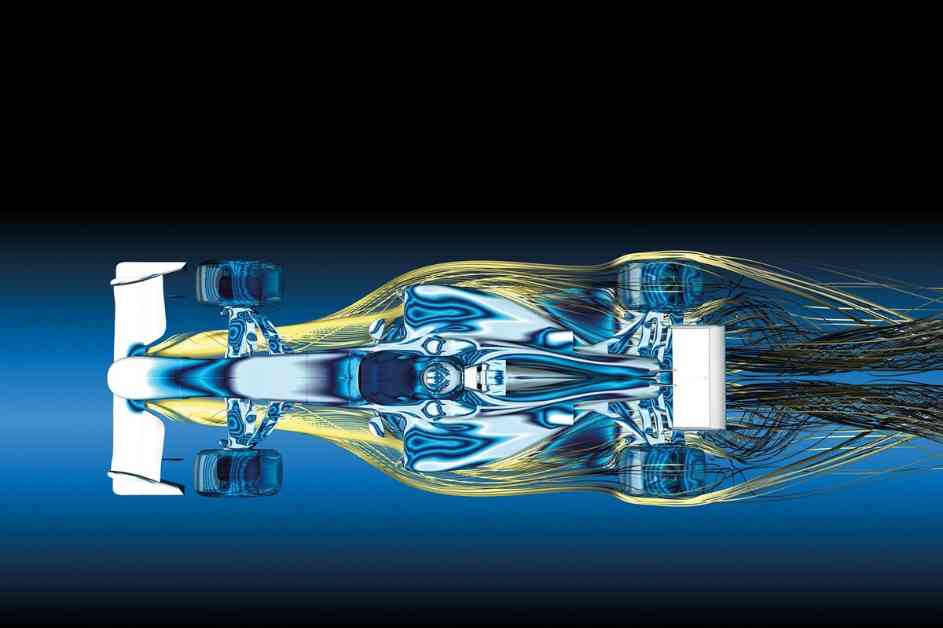Computational fluid dynamics, or CFD, is a crucial tool for Formula 1 engineers to understand the aerodynamics of the car and how it performs on the track. It involves using mathematical equations to describe the physical processes happening, such as the flow of air around the car and the forces it creates. However, the complexity of these equations requires significant computing power to solve accurately and often involves some level of approximation.
One of the main challenges faced by engineers is accurately translating the findings from CFD simulations to real-world performance on the track. While the equations for simple physical processes like car suspension can be easily solved, those related to air flow are highly intricate and demand advanced computational capabilities.
Engineers like Pat Symonds play a crucial role in bridging this gap between theory and practice. Their expertise in interpreting CFD data and translating it into tangible changes on the car is essential for improving performance. By understanding the limitations of CFD and the approximations involved, engineers can make informed decisions about aerodynamic development.
In the fast-paced world of Formula 1, where every millisecond counts, having a deep understanding of CFD is vital for staying competitive. It allows teams to optimize their aerodynamic performance, fine-tune their cars for different tracks, and ultimately gain a competitive edge over their rivals.
While CFD is a powerful tool, it is not without its challenges. The complexity of the equations, the need for vast computing power, and the inherent approximations involved all pose obstacles to accurate simulations. Engineers must constantly refine their models, validate their results with on-track testing, and iterate on their designs to maximize performance.
In conclusion, computational fluid dynamics is a cornerstone of modern Formula 1 engineering, providing valuable insights into aerodynamic performance and helping teams push the boundaries of what is possible on the track. By mastering the intricacies of CFD and using it effectively in their development process, teams can unlock new levels of performance and competitiveness in the world’s premier racing series.




